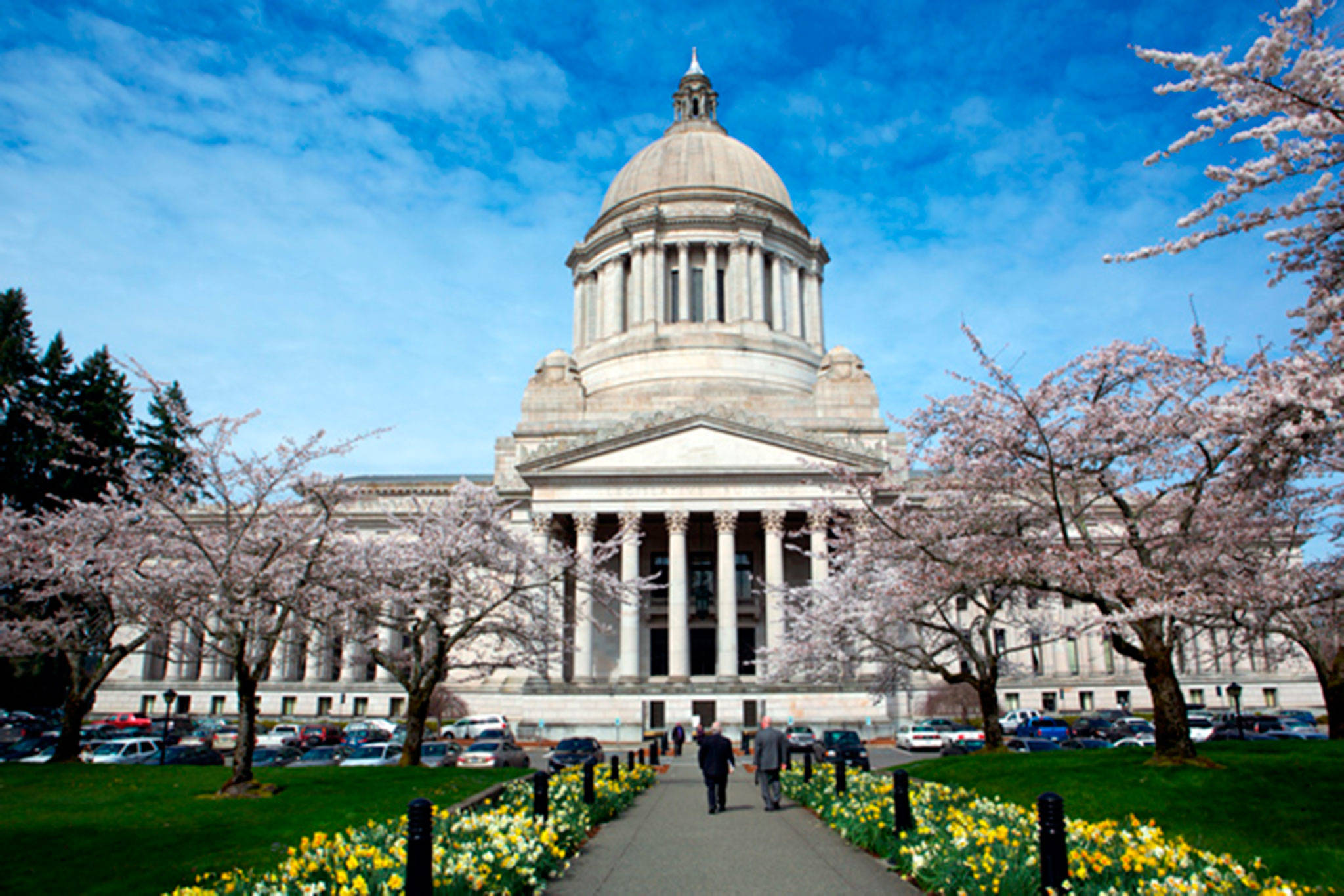OLYMPIA – A proposed cap and trade program is under consideration in the senate as lawmakers continue to explore ways to meet the state’s greenhouse gas reduction goals.
Senate Bill 5981, with Sen. Reuven Carlyle, D-Queen Anne, as its primary sponsor, would put a limit on the amount of greenhouse gases certain industrial facilities and practices could produce.
Companies would then bid for their projected portion of produced emissions through an auction process. The total amount of emissions allowed will decline each year to achieve the state’s emission reduction goals.
Under the bill, emissions in the state must reach targets set in previous legislation, which means they must decline to 25 percent below 1990 levels by 2025 and by 50 percent below 1990 levels by 2050 or be 70 percent lower than expected that year.
If approved, the cap and trade program would be managed by the state Department of Ecology and revenues from the auction would go toward various programs including energy efficiency projects and measures to mitigate the impacts of climate change and pollution.
“Cap systems are the most widely relied upon policy for reducing carbon pollution,” said Kevin Tempest, a scientist at the Low Carbon Prosperity Institute. “Auctioning a declining number of permits prompts competition to reduce emissions at the lowest possible cost.”
Tempest testified in favor of the measure before the Senate Environment, Energy and Technology committee on Tuesday, Feb. 4. He cited California as an example of a successful establishment of a cap and trade program. He said since the state implemented its program it is on track to avoid 100 million tons of greenhouse gas emissions, meeting its 2020 goals four years ahead of schedule.
Tempest said California has reduced emissions while achieving an economic growth rate that is twice that of the rest of the nation.
David Guiliani of the Low Carbon Prosperity Institute also testified in favor of the bill. Guiliani said the low-carbon fuel standard currently being considered by the Legislature is similar to a cap and trade program, but less effective in directly reducing emissions and far more expensive than California’s economy-wide cap and trade program.
The proposed bill does give wiggle room to specific sectors and industries. For example, the bill stipulates that the Department of Ecology would adopt rules for giving emission allowances to suppliers of electricity at no cost. The bill includes similar designations for facilities that produce energy-intensive and trade-exposed products such as metal and lumber.
Dan Wilson, President of United Steelworker Local 338 Union, testified as a representative of the hundreds of steel workers at Kaiser Aluminum in Spokane. Wilson asked that Kaiser Aluminum’s facilities be included within the energy-intensive, trade-exposed category of exemption.
Wilson was concerned that aluminum production in the state could be hurt by a cap and trade program without benefitting from the exemptions, putting steel worker jobs at risk.
“There will always be a need for aluminum products and the demand is growing, so the question is — where will they be made?” Wilson asked. “Our competitors are located outside Washington, and their products produce more carbon per pound than ours do.”
Cameron Sheppard is a reporter with the WNPA News Service.



